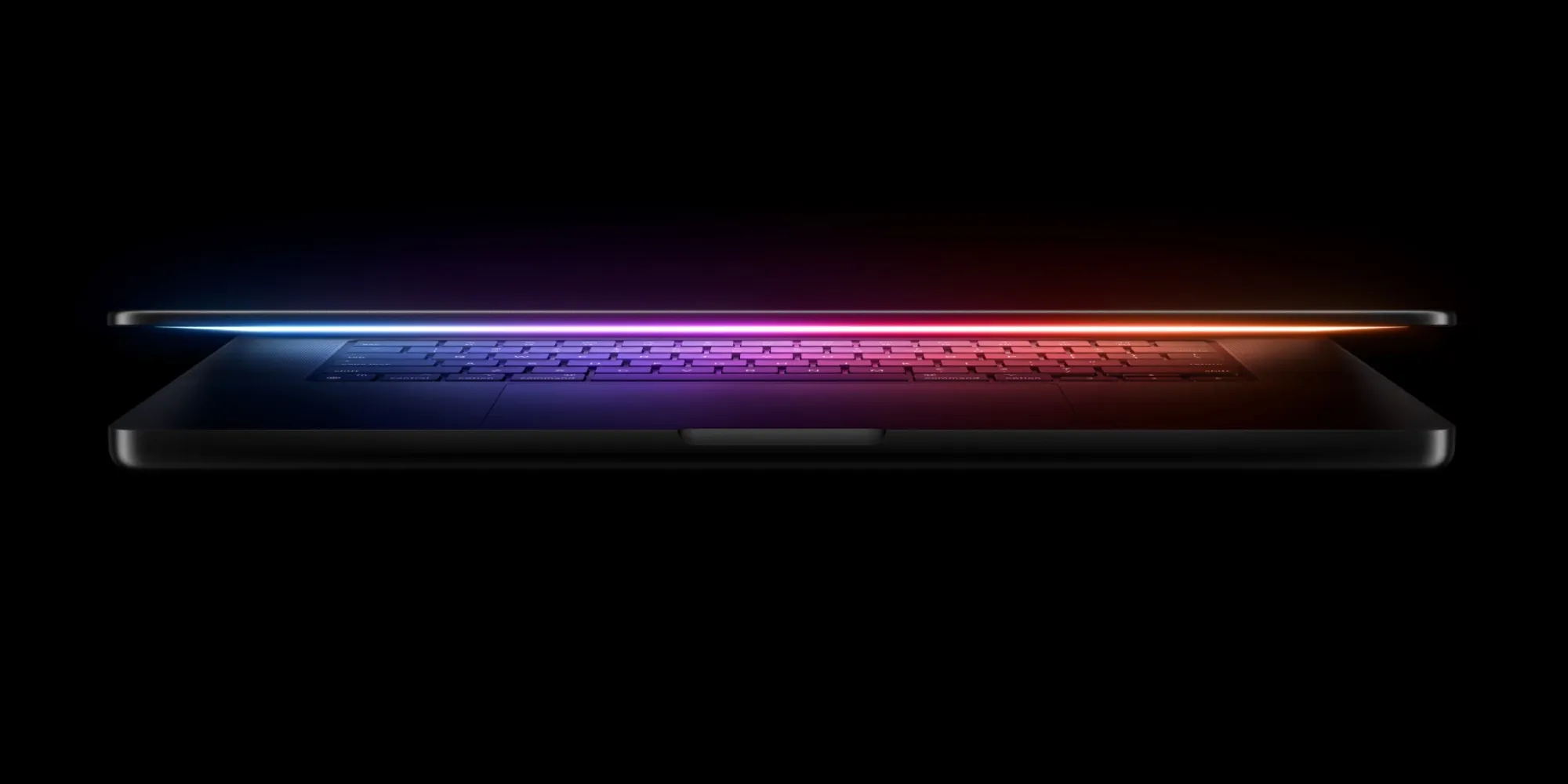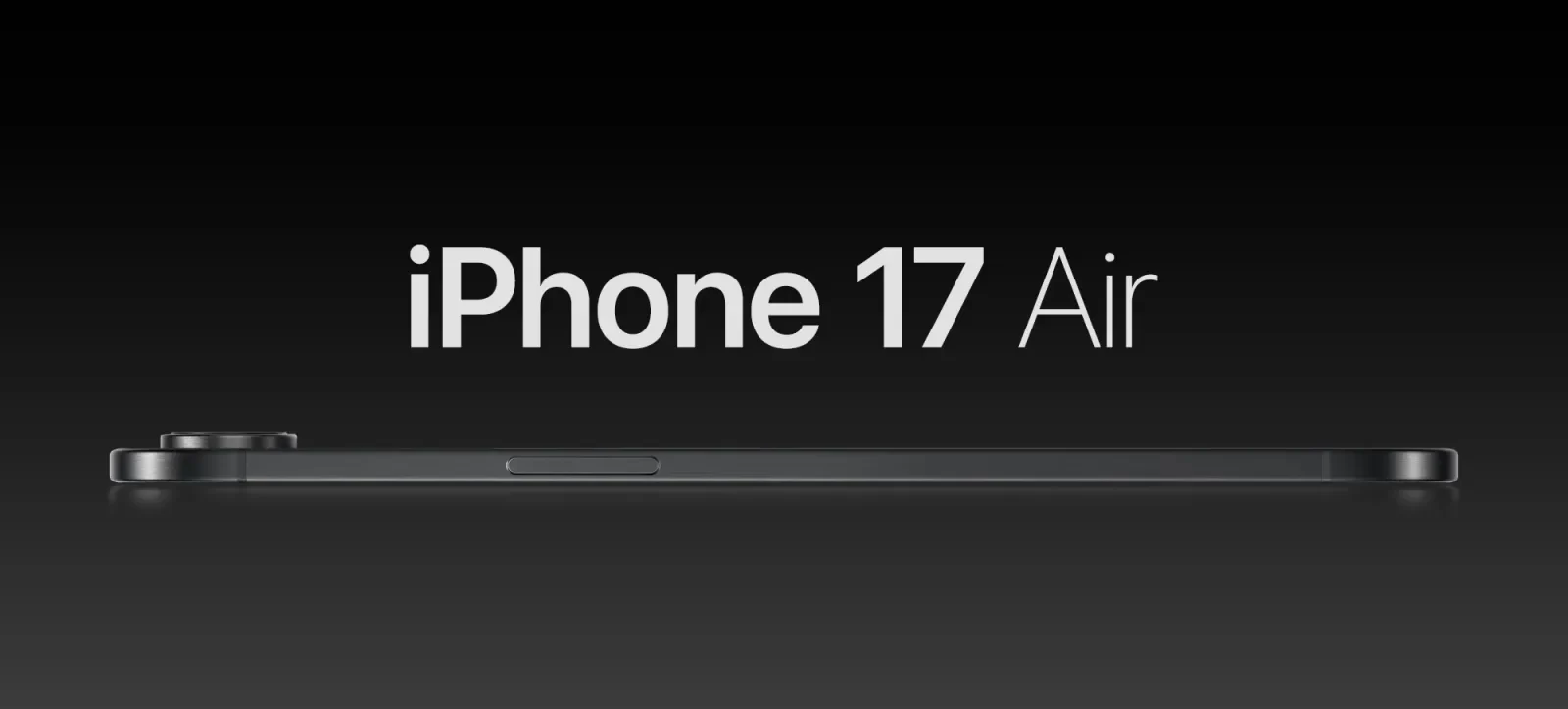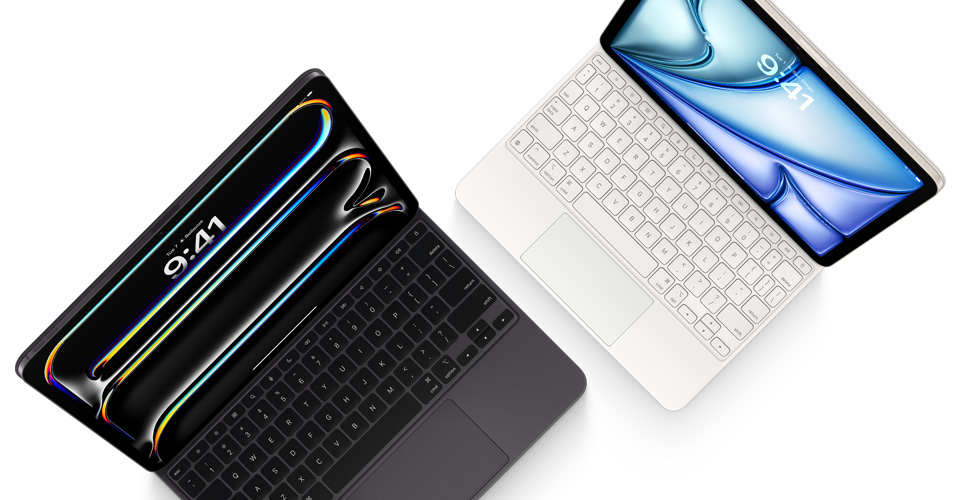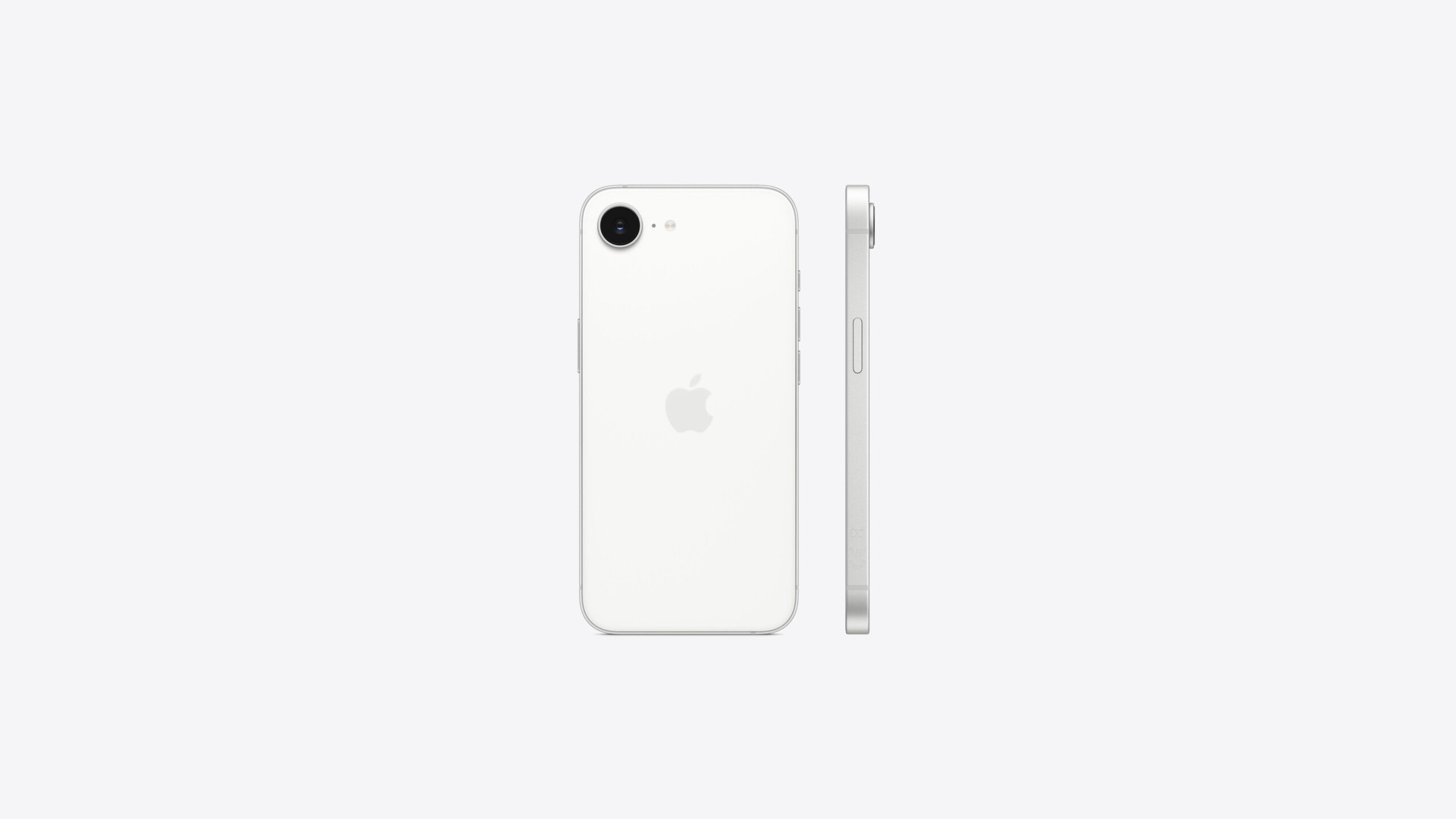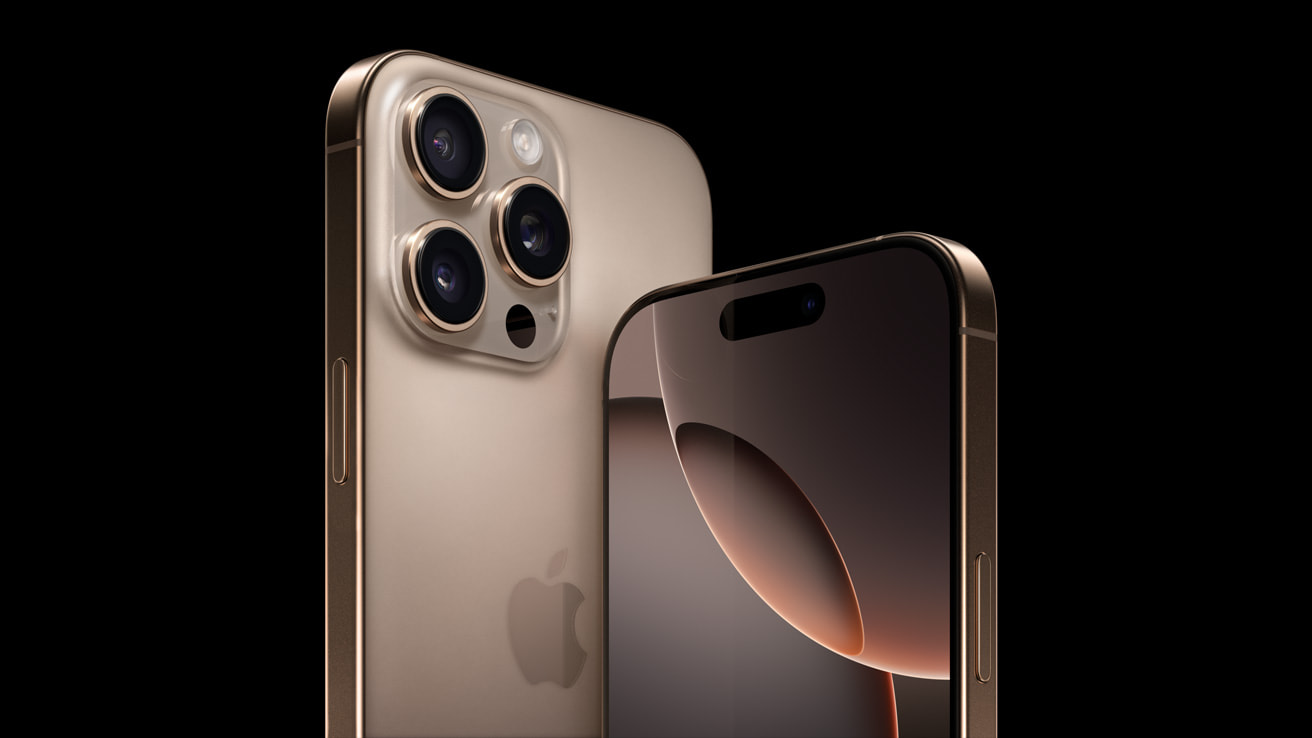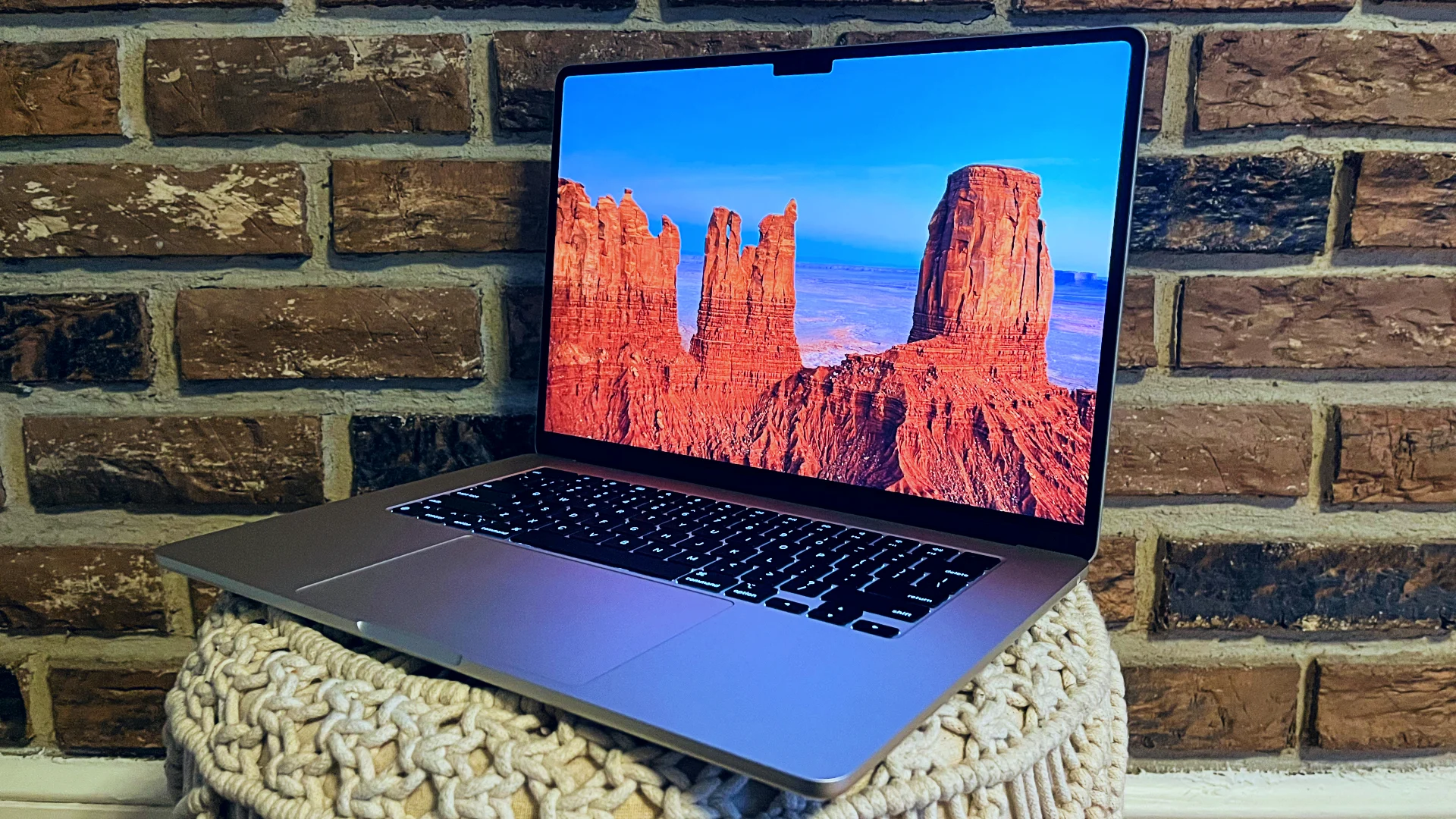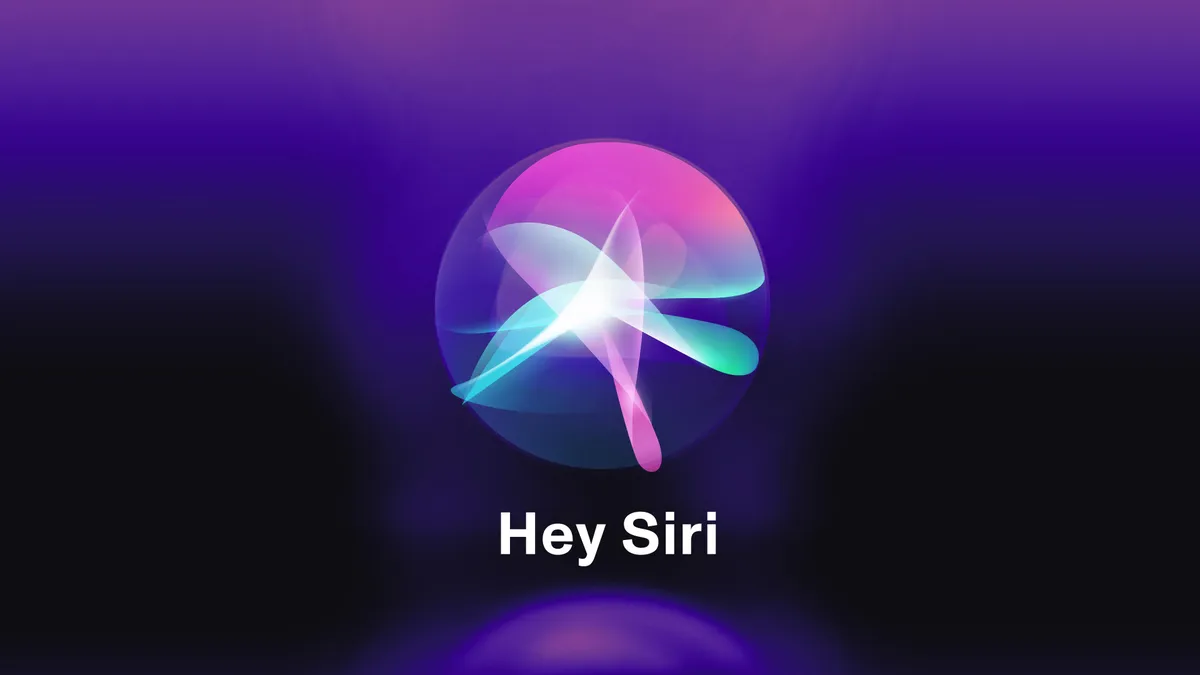Addigy, a company that helps manage Apple devices, just launched a new tool called Addigy Assist. It’s designed to make setting up Macs simpler for IT teams and managed service providers (MSPs). The tool comes with an Apple-style look, automatic steps, and live updates to smooth out the process.
Setting up Macs has often been a hassle, with lots of hands-on work, problem-solving, and little info for users. Addigy Assist changes that by offering a fresh way to get new devices or new employees up and running, all tied into how macOS works.
“Most tools for this job are either too tricky or too stiff, taking hours to get ready and fix issues. Users end up annoyed and keep calling IT for support,” said Tim Pearson from CreativeTech. “Addigy Assist fixes that. It took us under 10 minutes to set up once, and we were good to go. Employees now get a clear, easy start right away. We’re saving time, getting fewer complaints, and making new hires feel welcome.”
The tool cuts down headaches for IT folks by handling boring, repeat tasks and showing setup progress as it happens. It’s also flexible, letting MSPs tweak it to fit different clients or rules they need to follow. “Addigy’s goal is to keep Apple device management simple and friendly. With Addigy Assist, we’re not just speeding up Mac setups—we’re making it feel like Apple built it,” said Jason Dettbarn, Addigy’s founder and CEO.
Here’s what Addigy Assist brings:
- Apple-like design: Matches macOS for an easy feel.
- Multi-client support: This helps manage setups for different groups or places.
- Live updates: Show users what’s happening during setup.
- Auto-steps: Speeds things up by cutting manual work.
- Smart fixes: Solves common hiccups like low power or Wi-Fi trouble.
- Personal touch: Lets companies add their style to the process.
Addigy Assist is out now for IT teams and MSPs who want an easier way to roll out Macs.
